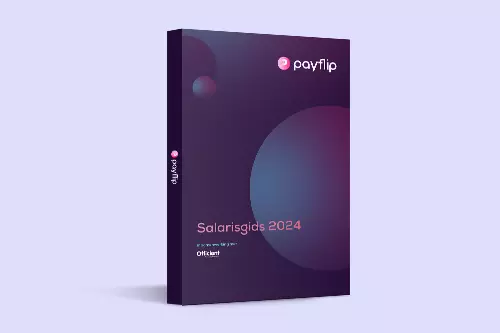15 HR professionals shared their honest questions, doubts, and approaches.
“Salary transparency? Sounds good. But… where do you even start? And how do you avoid everyone comparing paychecks over lunch?”
That was the vibe of our round table on salary transparency, hosted by Payflip on May 22 at Silversquare Antwerp Tower.
No keynotes from out-of-touch consultants. No empty buzzwords. Just 15 HR pros around one table, all from mid-sized companies, all grappling with the same core questions
Young and seasoned, cautious and bold, all with their own take
The beauty of the evening? There was so much diversity at the table.
Some companies were already experimenting with transparent pay structures where employees have visibility into how pay is set or even see the salary ranges of colleagues.
Others were still operating traditionally: pay decisions based on gut feeling or legacy setups, with little to no communication toward employees.
And in between? A whole spectrum. Companies just getting started with salary grids, struggling with exceptions and outdated structures, or simply scared of how transparency might shake up internal dynamics.
The main takeaway: no one has the solution and that’s exactly what made it interesting
What became clear? Everyone’s somewhere on the transparency journey, but no one’s “there” yet. And that’s perfectly okay.
Many wanted to lift the fog around pay, but kept running into tough questions like:
- “How do you structure transparency without creating chaos?”
- “What if people start comparing salaries and the drama begins?”
- “How do you explain historic pay differences in a credible way?”
What everyone did agree on:
📝 Practical tips to build transparency step by step
💡 Inspiration from peers in similar situations
✍️ Tools to confidently communicate pay internally
What we learned: transparency ≠ throwing everything on the table
Transparency isn’t black and white. It’s a journey.
And that journey often starts small: defining roles and levels, drafting pay ranges, building internal logic.
A key insight of the evening? You can only start communicating about pay once your structure is crystal clear.
Otherwise, you’ll create more questions than answers. So no, transparency isn’t just a communication challenge. It’s a strategic HR track.
The result? Honest questions, open conversations, zero fluff
There was real exchange, real challenges, and some thinking out loud.
One participant shared how transparency actually reduced gossip internally.
Another asked how to merge legacy pay structures into one coherent system after an acquisition.
The conversation went way beyond basic salary bands. Bonuses, edge cases, the impact of the EU Pay Transparency Directive, everything was on the table.
What’s next?
The conclusion of the night was loud and clear: Transparency is becoming the norm, but you don’t have to get it perfect tomorrow.
What matters is that you start moving. That you open up the conversation, not just with your team, but with other HR professionals who are figuring this out just like you.





